China’s official NBS PMI manufacturing dropped to 50.8 in April, down from 52.0, missed expectation of 51.0. In particular, new export orders plunged sharply to 33.5. But PMI non-manufacturing improved to a three-month high of 53.2, up from 52.3, beat expectation of 52.8. The set of data suggests that China’s economy is on a double-track. Hope of a strong come back in manufacturing is dim as coronavirus pandemic is continuing elsewhere. Global recession will continue to heap on downward pressure in the sector in the coming months.
USD/CNH drops notably today, mainly due to weakness in Dollar. Outlook is unchanged that the pair is staying in consolidation pattern from 7.1953, with rebound from 6.8452 as the second leg. Such rebound has likely completed with three waves up to 7.1649 already. Break of 7.0365 support should add credence to this case and target 6.8452/6.9040 support zone again.




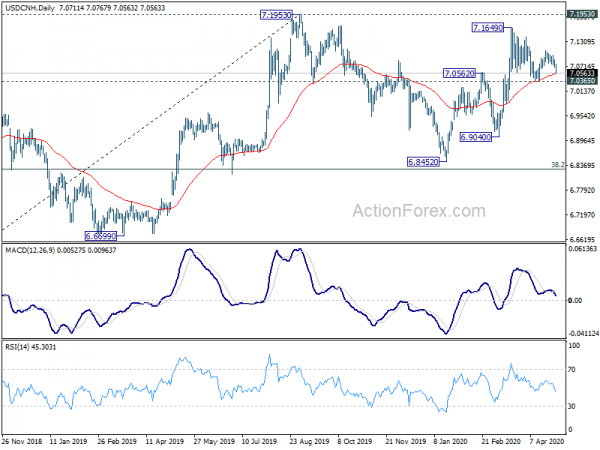
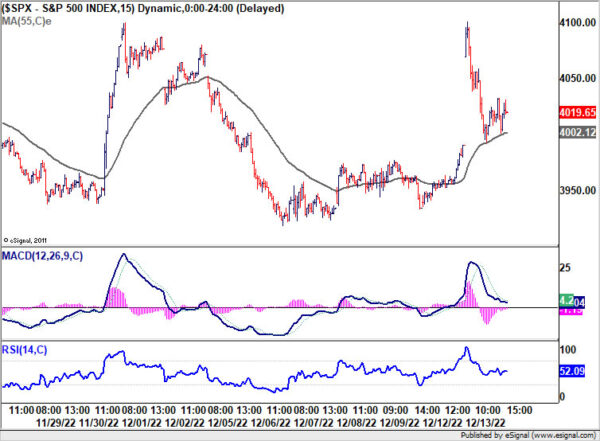
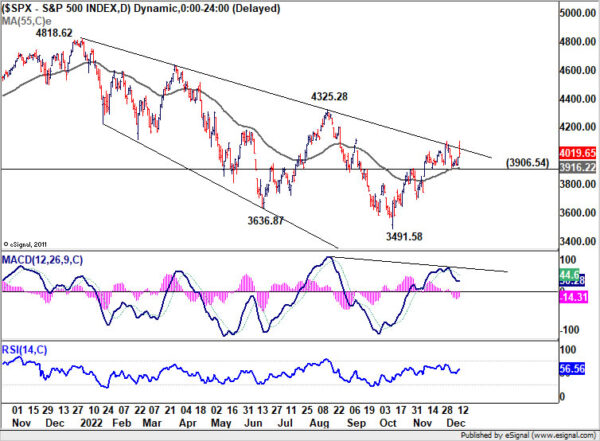
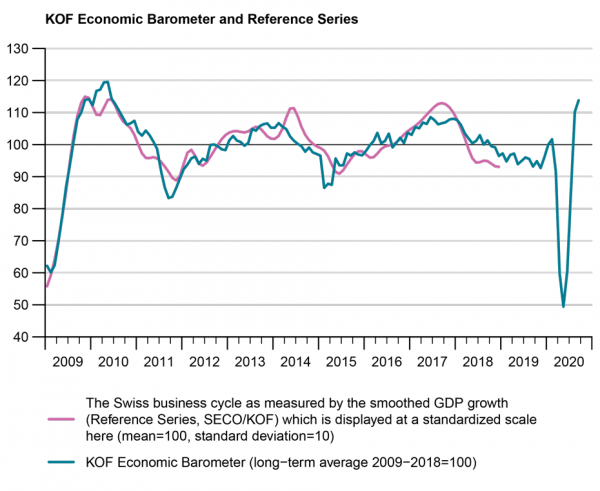
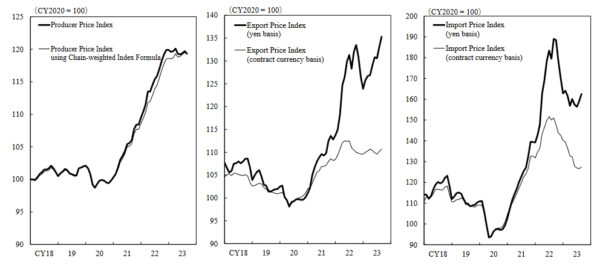
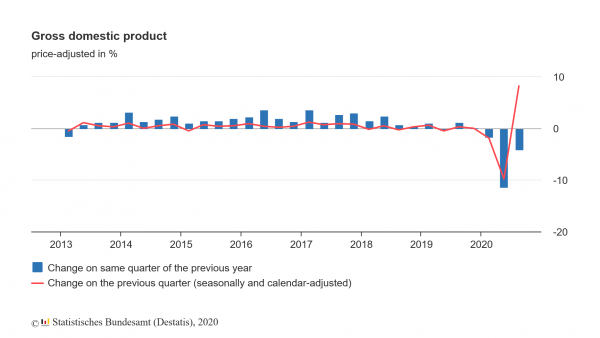
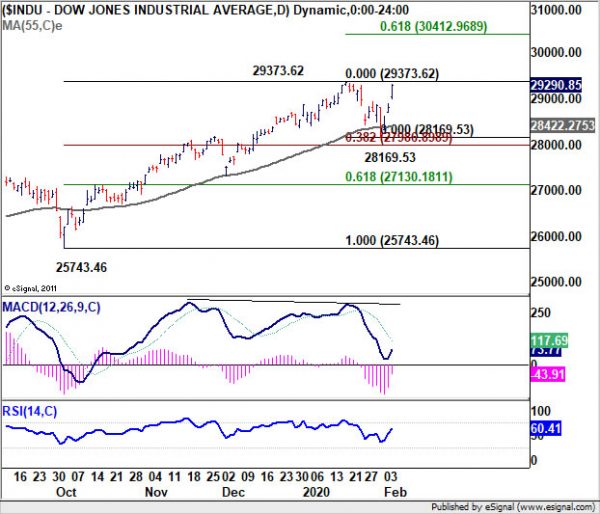
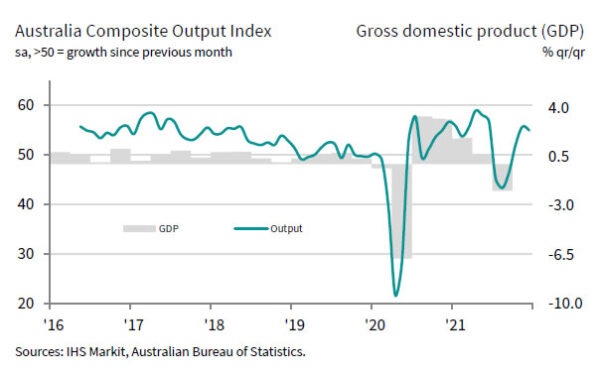
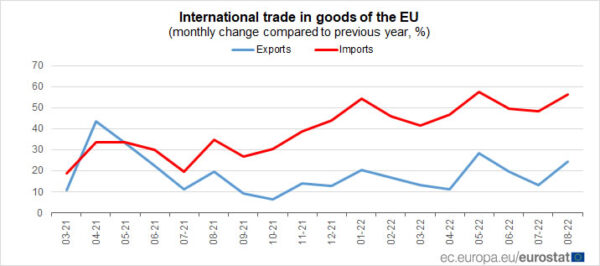
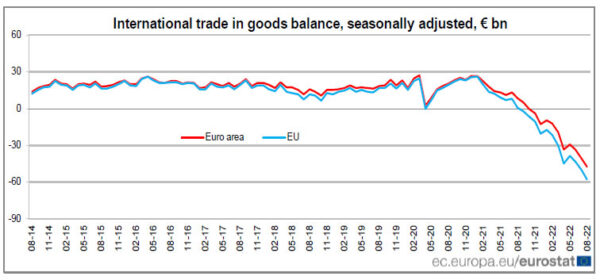

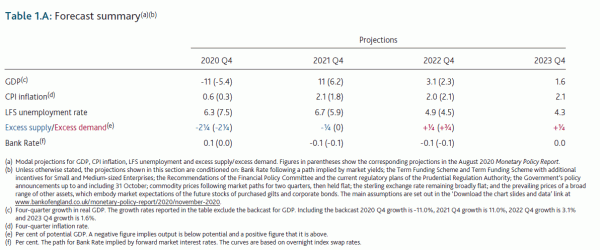
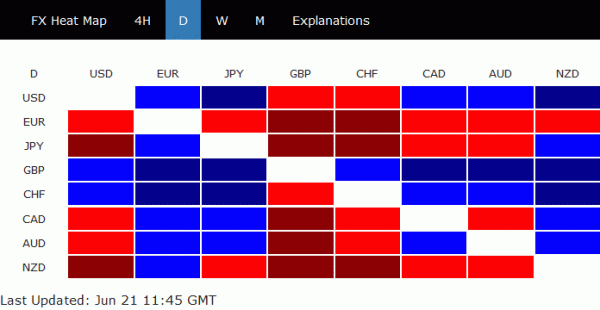
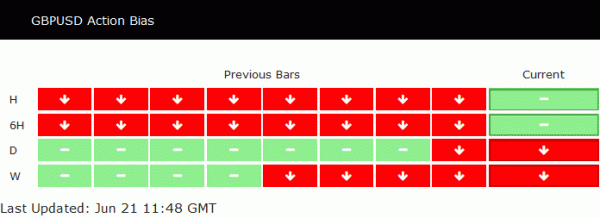
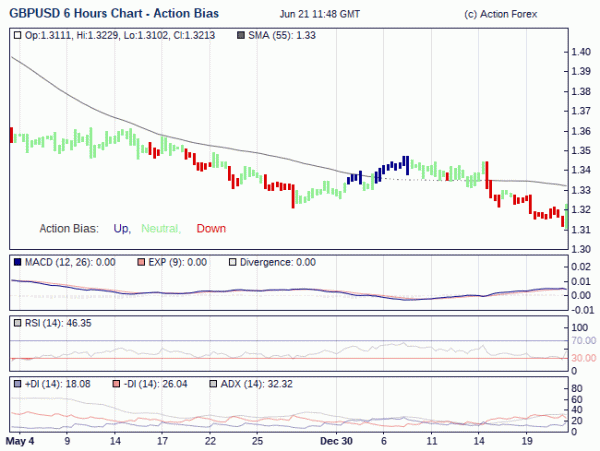
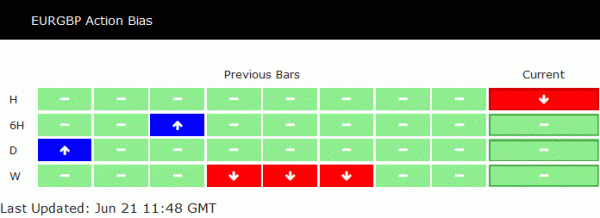
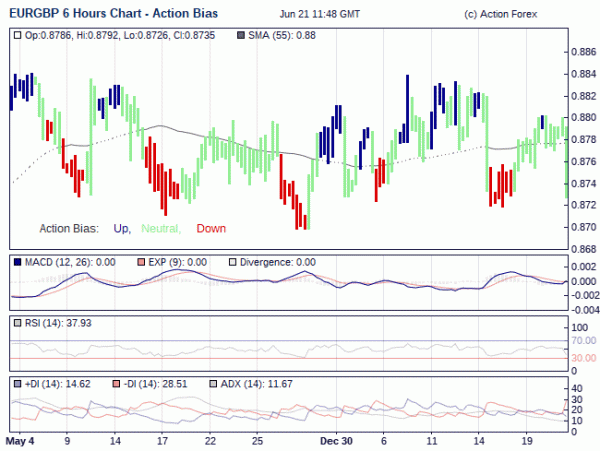
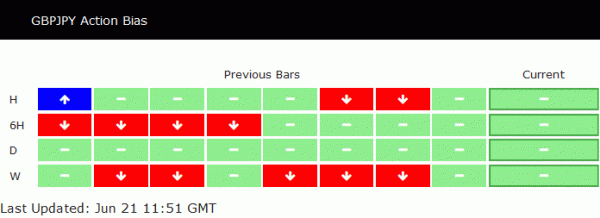
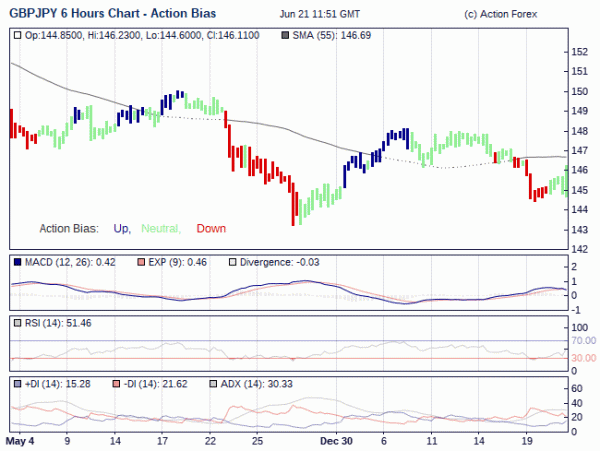
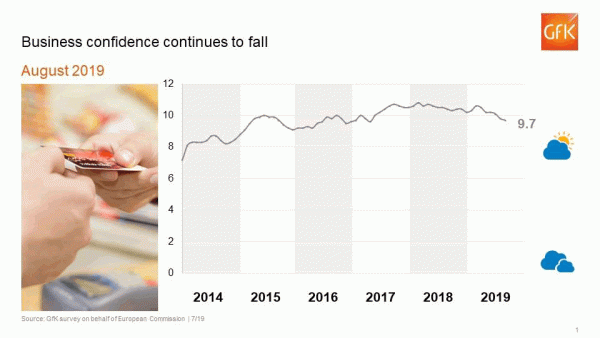

Bundesbank Wedimann, growth to fall well short of 1.5% potential this year
Bundesbank President Jens Weidmann said today that German economy growth will “fall well short of the potential rate of 1.5 percent in 2019”. That’s because “there is much to suggest that the dip in growth here in Germany has persisted into the current year”.
However, he emphasized that the prerequisites for growth remain intact, including low financing cost, expansion in employment market and rising wages. Thus, there is no reason for pessimism yet.
Separately, it’s reported that German cabinet gave green-light for a second eight-year term for Weidmann, as the current term expires at the end of APril.